
Struggling to hire—and keep—the right people? Your employer brand might be the problem.
If your culture is strong but your job ads get ghosted, or if you're hiring quickly only to see people leave six months later, this post is for you. Let’s unpack how employer branding works, why it matters, and exactly how to improve yours.
What Is Employer Branding?
Employer branding is the perception people have of your company as a place to work. It's how current employees describe the culture, how candidates feel during the interview process, and what job seekers read on Glassdoor or Indeed.
It’s not your logo. It’s not your mission statement printed on a wall. It’s the real, lived experience people associate with your name—whether or not you’ve defined it.
Just like your product brand influences buyers, your employer brand influences talent. And in today’s job market, perception drives preference.
Why Employer Branding Matters More Than Ever
A strong employer brand doesn’t just help you stand out. It saves you time, money, and turnover.
Here’s what it impacts:
- Time-to-hire: Strong brands attract more (and better) applicants.
- Cost-per-hire: Great branding reduces your need for expensive recruiters.
- Retention: When people feel aligned with your culture, they stay longer.
In short, your employer brand influences who applies, who accepts, and who stays. That makes it one of your most valuable growth levers.
And it’s only becoming more critical. Top candidates care about more than compensation. They want to do meaningful work at companies that walk their talk—companies with purpose, clarity, and culture they can believe in.
How to Improve Your Employer Branding Strategy
You can’t improve what you haven’t defined. Here’s how to build a standout employer brand that aligns your internal culture with your external reputation.
1. Clarify your purpose and values
Use a real brand purpose statement—not corporate fluff. Start with "To..." and make it about the difference your company makes in the world beyond making money.
Example: BambooHR: To set people free to do great work.
2. Align leadership around a clear brand promise
Your brand promise should define the overarching benefit you deliver to every employee. If leadership can’t explain what it is in one sentence, neither can your recruiters.
3. Audit your internal culture vs. your external reputation
Use surveys, interviews, and exit interviews to understand the gap between how you want to be seen and how you actually are.
Ask:
- What do our best employees say about us?
- Why do people leave?
- How do new hires describe their onboarding experience?
4. Define your employee value proposition (EVP)
This is your answer to the question: Why should someone work here instead of somewhere else?
An EVP should highlight:
- Career growth
- Meaningful work
- Purpose alignment
- Culture and values
- Work-life balance
5. Update every employee-facing touchpoint
From your job listings to your onboarding emails, your internal Slack culture to your careers page—every interaction is part of your employer brand.
You need consistency between what you promise and what people experience.
Real-World Employer Branding Examples That Work
BambooHR
With the purpose "To set people free to do great work", BambooHR built a culture-first employer brand that scaled with them—from 30 people to over 1,000 employees.
Their brand wasn’t just words on a website. It showed up in their hiring practices, internal communications, and leadership behavior.
Starbucks (China)
When entering the Chinese market, Starbucks learned that many parents were skeptical of their children working in coffee shops. So they held onboarding events specifically for parents to build trust and pride.
Employer branding starts with empathy.
BetterRX
By aligning their brand purpose with internal culture, BetterRX ensured that every team member, from leadership to support, lived the same story. That consistency built trust, reduced turnover, and reinforced their promise to customers.
Best Employer Branding Examples from Top Companies
Transparent about pay bands and internal mobility. Their employer brand centers on innovation, inclusion, and growth.
Patagonia
Purpose-led from day one. Their brand isn’t just greenwashing—it’s deeply embedded in hiring, benefits, and culture.
HubSpot
Their famous Culture Code doc has been viewed over 5 million times. It outlines who they are, what they believe, and how they hire.
What do these brands have in common?
- Crystal-clear values
- Strong internal alignment
- External storytelling that reflects internal reality
Employer Branding Ideas for Social Media
Social media is where your employer brand breathes. Here’s how to make it human, not corporate.
Show the real people behind your brand
Post photos and stories of your employees—not stock photos. Share behind-the-scenes moments from team meetings, product launches, and culture events.
Spotlight your values in action
Instead of telling people you value innovation, show your product team solving real problems.
Let employees speak
Employee takeovers. Short interviews. LinkedIn posts written by real people. Social proof is 10x more effective when it comes from the team.
Repurpose internal culture moments
Turn your offsite themes, internal awards, or community giveback days into social content. If it matters internally, it matters externally.
The Benefits of Employer Branding
Still wondering if it’s worth the effort? Here’s what a strong employer brand gives you:
- Better applicants: More aligned, more qualified, more invested.
- Lower turnover: Employees who feel connected to the mission don’t leave easily.
- Higher engagement: Aligned teams perform better.
- Recruiting leverage: Talent wants to work where the culture is strong.
- Customer trust: Companies that treat employees well often treat customers well, too.
Final Takeaways: Make Your Brand a Magnet for Talent
Great companies don’t wait until they’re hiring to build their employer brand. They do it every day by living their purpose, aligning their culture, and telling the right story.
If your brand is unclear or inconsistent, you're leaving talent on the table.


.png)

%20-%20Made%20with%20PosterMyWall.jpg)
.png)
.png)
.png)

.png)





.png)



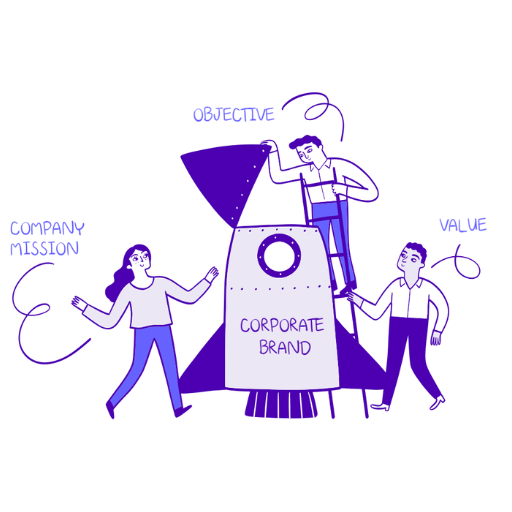
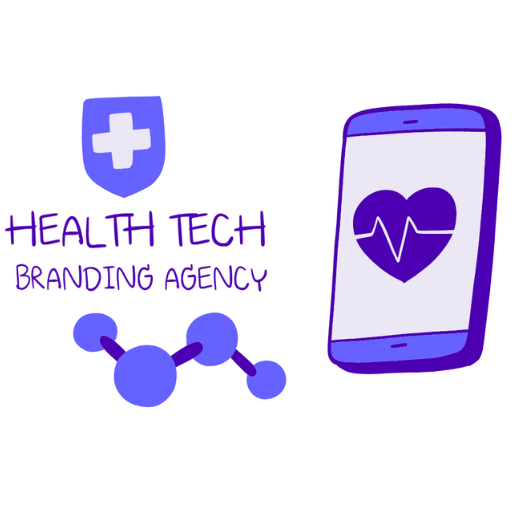
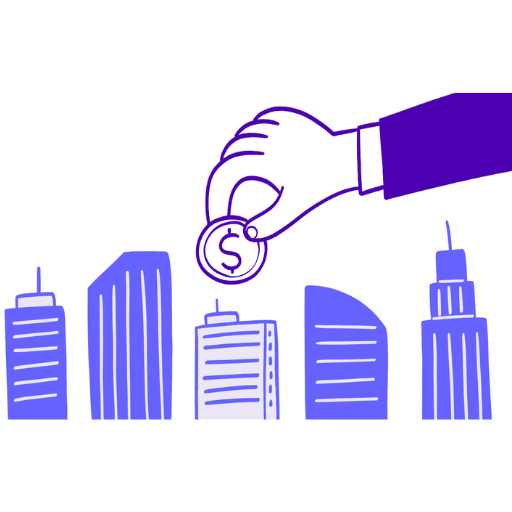


.png)
.png)
.png)

.png)

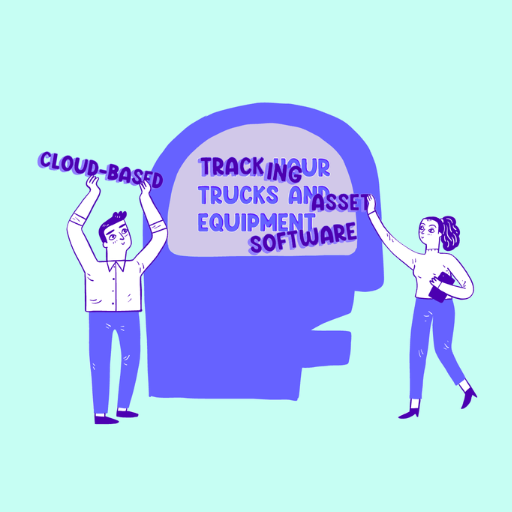
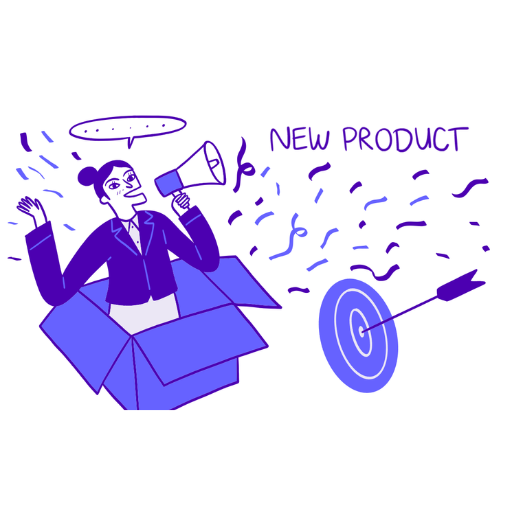
.png)




.png)







.png)
.png)

.png)
.png)


.png)
.png)


.png)
.png)

.png)
.png)
.png)
.png)